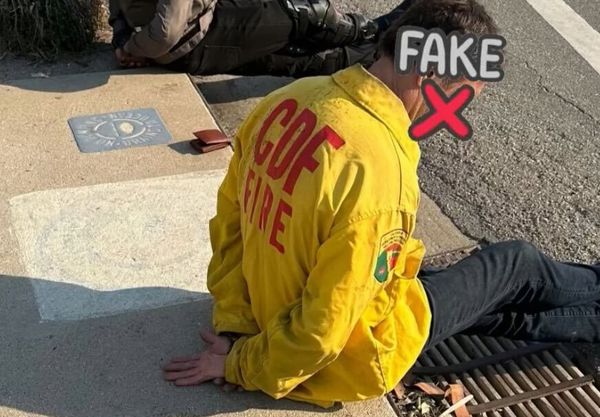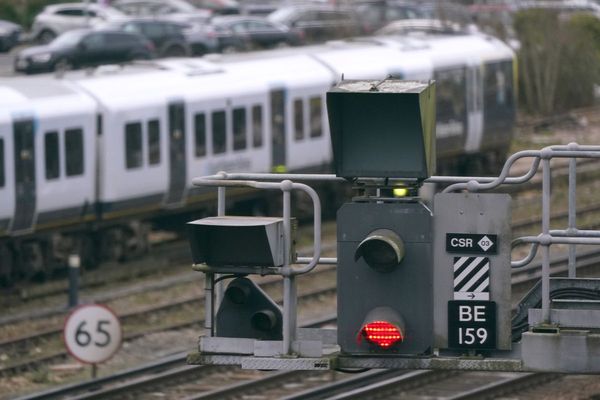If you dream of owning an electric vehicle but can’t afford one, you’re not alone. Zero-emission car sales in California showed an encouraging jump last year, yet most options remain unaffordable for most people.
The average cost is over $47,000, with popular high-end cars like Tesla’s Model 3 or the GMC Sierra truck seen in SuperBowl ads north of $100,000. Modest models such as the Chevrolet Bolt can start at nearly $26,000.
The good news is that more federal and state money than ever is available for qualified low-income households interested in buying a new electric car. Government incentives in California can, for some buyers, reach $27,000.
But navigating these programs is a challenge. Some experts wonder if all this money will even begin to close the widening gap between those who drive electric and those who can’t afford to.
Streamlined applications, more money for used cars and targeting specific communities must all be part of increasing ZEV access, said Román Partida-López, transportation equity legal counsel at the Greenlining Institute, an Oakland research and advocacy organization.
“Even though this amount of money seems significant, which it absolutely is, it doesn’t necessarily mean a low-income household will be able to access all of it,” he said. “We still have a lot of work to do.”
Until that work gets done, here is all of the state and federal assistance available to low-and-middle-income households for their dream ZEV purchase this year.
Federal Inflation Reduction Act: Up to $7,500
The federal electric vehicle tax credit is part of the federal climate legislation passed last year. Depending on vehicle weight and where the battery was manufactured, credits for both new and used vehicles can range between $2,500 to $7,500.
Those eligible include any single tax filing household with an income of less than $150,000 for a new car and $75,000 for a used one. Married couples filing jointly can make twice as much income and still be eligible.
To claim the credit for a 2023 car purchase, taxpayers file what’s called Form 8936 on their federal return. But identifying which cars are eligible and exactly how much cash back buyers can expect requires parsing through a series of specific and complicated terms.
Find more information about the tax credit here.
California's Clean Cars 4 All: Up to $12,000
The CC4A program is operated by local air districts in the Sacramento, Bay Area, San Joaquin Valley, San Diego and South Coast regions. It offers financial incentives to low-income households to retire older, polluting vehicles and purchase zero-emission cars.
Households at or below 300% of the federal poverty level ($40,770 for a single person or $83,250 for a family of four) can receive $10,000 in vouchers for a new vehicle. Those at 225% could receive $12,000 from the program.
Some Californians can qualify for both CC4A and California’s Clean Vehicle Rebate Program. Look here to see how your household income measures up to the federal poverty level.
California’s Clean Vehicle Rebate Program: Up to $7,500
Applicants making less than $150,000 for a single income household can receive a variety of CCRP rebates on a new vehicle purchase. Hybrids aren’t eligible, but buyers can receive at least $4,500 off for a Honda Clarity hydrogen fuel cell car or $2,000 off a Chevy Bolt, for example.
On top of that, households with income at 400% of the federal poverty level ($54,360 for a single person) could receive an additional $2,500. To apply, you’ll likely need income verification and your lease or purchase agreement.
Check the program website to see what rebate you can get for the car you want.







